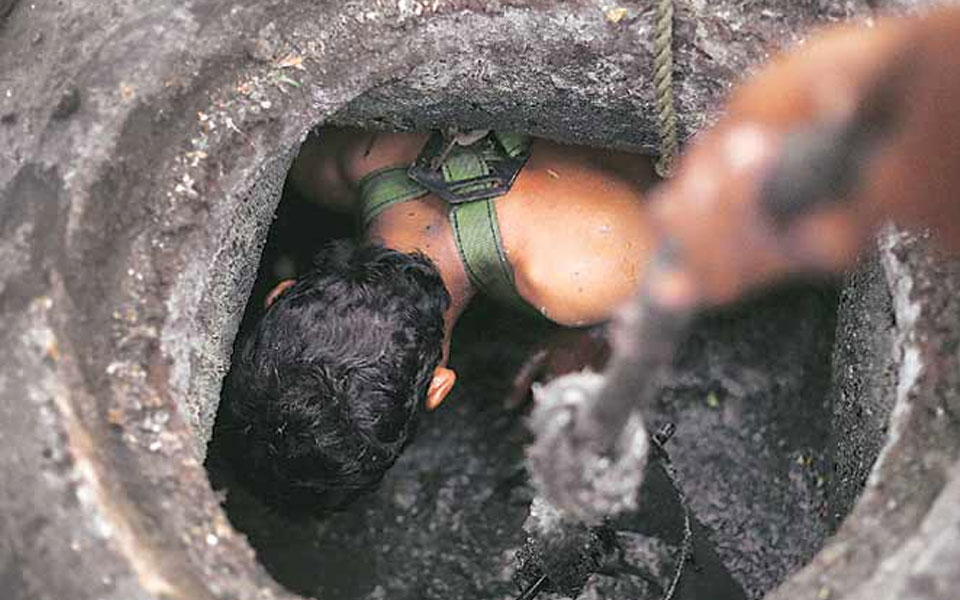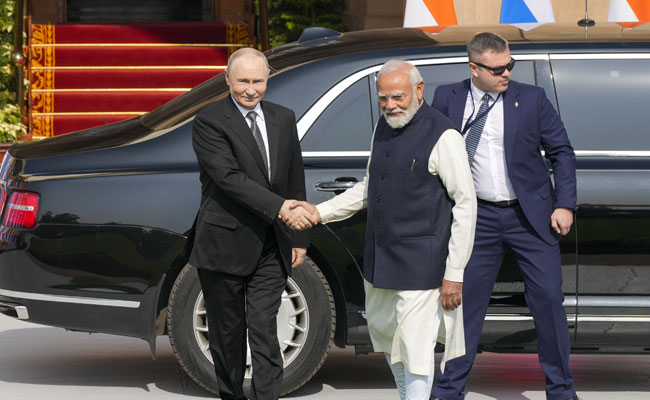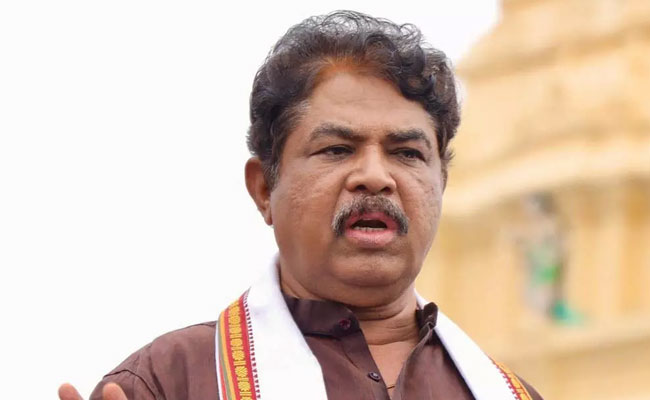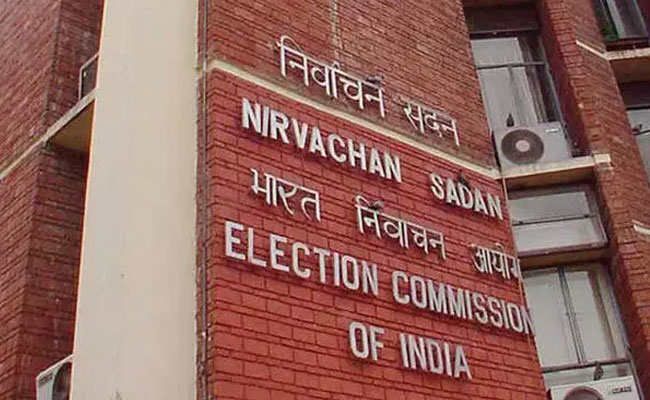Two news items were dismissed in the corner of national newspapers on Tuesday. Three pourakarmikas breathed their last in manholes filled with excreta in Loni area of Ghaziabad district or North India. They were entrusted with the job of clearing the manhole of human waste. Their deaths hardly made any news because they mean nothing to political parties. Hence the politicians have also maintained distance from this. At the same time, a Poura Karmika has committed suicide in Bengaluru, over non-payment of his salary for the last six months. Though these are separate incidents, they are connected in many ways.
Ever since Narendra Modi assumed office, he has been talking about ‘Swacchata’ or cleanliness. Crores of money is being spent on this. Government even levies separate taxes on people in the name of cleanliness or Swacchata. When one takes stock of what changes have taken place owing to all this sloganeering and collection of taxes, it is hugely disappointing. Even now, men are made to get into the manholes to clear the debris. And if they die there, no one cares about their loss of life. The life that is lost is never compensated. Government is unable to pay even basic salaries to Poura Karmikas. All this lays bare the failure of swacchata aandolan right before us.
Roads do not clean themselves if one puts out ads worth crores by the road sides. The manholes do not clear themselves of debris if lakhs and lakhs is released to respective departments. All the waste does not dump itself in the bins, as soon as PM Modi delivers a speech about that. If the drains, roads and manholes are neat every morning, lakhs of Poura Karmikas work on that. They have been sweeping our roads since ages. If the roads have not been clean after spending many lakhs, it is because our leaders have ignored the Poura Karmikas who are the spine of our hygienic surroundings. Our leaders possibly think that roads would be clean listening to their speeches on the topic.
Swacchata Andolan has to start from giving basic facilities to Poura Karmikas, and ensuring high end technology is used in cleaning roads and manholes. But the Ghaziabad tragedy shows all the money that was collected, was hardly spent on the sanitation workers. Today we speak of competing with China, Singapore etc. We want the world to look at us because we will soon have a bullet train. But the dead bodies of Poura Karmikas tell a different story altogether. Our ISRO has plans to send humans to Mars and Moon. Soon we will have robots helping us in daily chores.
Prime Minister talks about digital banking regularly. But the machines are not used in cleaning manholes though it is feasible. Singapore has taken technology right into manholes and cleaning them. Why is that not possible for Indians? Because in India, there is a caste that is exclusively made to get into manholes. They have to attain their salvation by getting into manholes and clearing the debris. Our own Prime Minister had said this in a public event. He possibly thinks these people do not have feelings and they are lifeless fools. Which is why the money collected for Swacchata Aandolan is not being used for the purpose.
The case of suicide of Poura Karmika in Bangalore is the heights of cruelty. The BBMP made the life of this Poura Karmika miserable by not paying him for six months. When people who work in dire conditions such as this do not get paid on time, what right do we have to speak about health and sanitation?
These poura karmikas work with their entire life at risk. The government has to give them shoes and gloves. But when officers are hardly bothered about paying them their salaries, how do we expect them to be human and duty bound to do good for the Poura Karmikas or even buy them machines to do their work better?
Today, the sanitation contract has been given to private contractors. Though the government has given some benefits to sanitation workers, the private contractors do not pass it on to the labourers. It would be on record, but would have never reached the beneficiaries.
Now if the sanitation worker stop working even for a week, the whole nation will turn into slums. If this country has to be beautiful and clean, the life of Poura Karmikas needs to get better. If they die cleaning manholes, at least Rs 25 lakh needs to be given as compensation. Their children have to be educated for free and their families should get pensions. Because they are as important as the soldiers who guard our borders. They risk their lives to ensure the city, and its roads remain clean. They get into the manholes, risking their lives and never knowing if they would return alive or not. When they lose lives, we need to understand the sacrifice and we need to pay due respects to them by doing our duty towards safeguarding their lives. We need to take this flag of hygiene in our own hands. Only then, the movement would gain some meaning and depth in its significance.
Let the Truth be known. If you read VB and like VB, please be a VB Supporter and Help us deliver the Truth to one and all.
Mumbai (PTI): Aviation watchdog DGCA on Friday eased the flight duty norms by allowing substitution of leaves with a weekly rest period amid massive operational disruptions at IndiGo, according to sources.
As per the revised Flight Duty Time Limitations (FDTL) norms, "no leave shall be substituted for weekly rest", which means that weekly rest period and leaves are to be treated separately. The clause was part of efforts to address fatigue issues among the pilots.
Citing IndiGo flight disruptions, sources told PTI that the Directorate General of Civil Aviation (DGCA) has decided to withdraw the provision 'no leave shall be substituted for weekly rest' from the FDTL norms.
ALSO READ: 49 Indigo flights likely to be cancelled from Hyderabad
"In view of the ongoing operational disruptions and representations received from various airlines regarding the need to ensure continuity and stability of operations, it has been considered necessary to review the said provision," DGCA said in a communication dated December 5.
The gaps in planning ahead of the implementation of the revised FDTL, the second phase of which came into force from November 1, have resulted in crew shortage at IndiGo and is one of the key reasons for the current disruptions.
#BREAKING: #DGCA relaxes a clause which debarred airlines to club leaves with weekly rest to mitigate #IndiGo crisis
— Economic Times (@EconomicTimes) December 5, 2025
🔴 Catch the day's latest news here ➠ https://t.co/8eVBGnsJUA 🗞️ pic.twitter.com/KUWc8R2Kso





